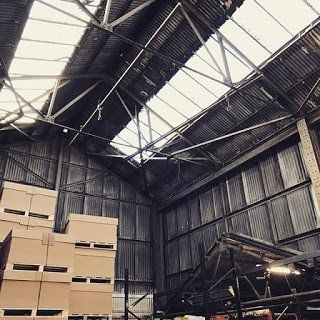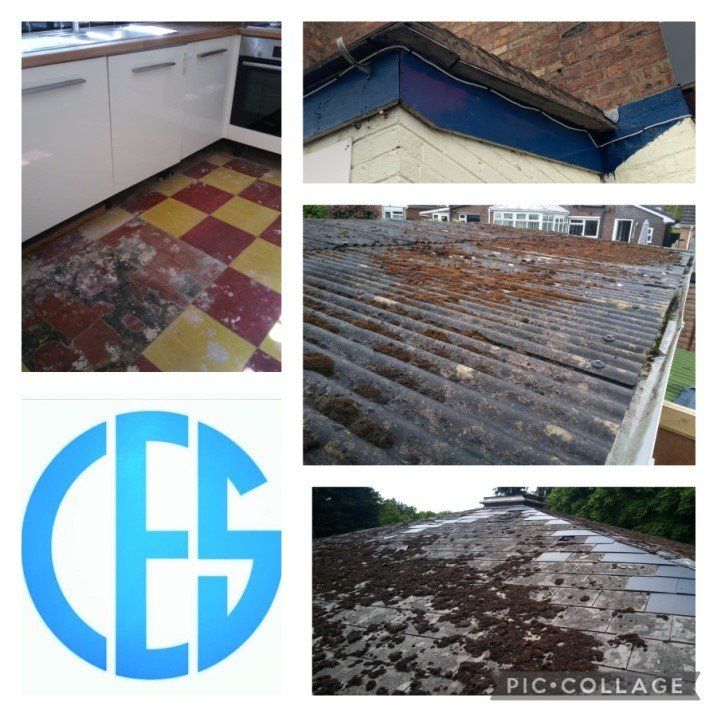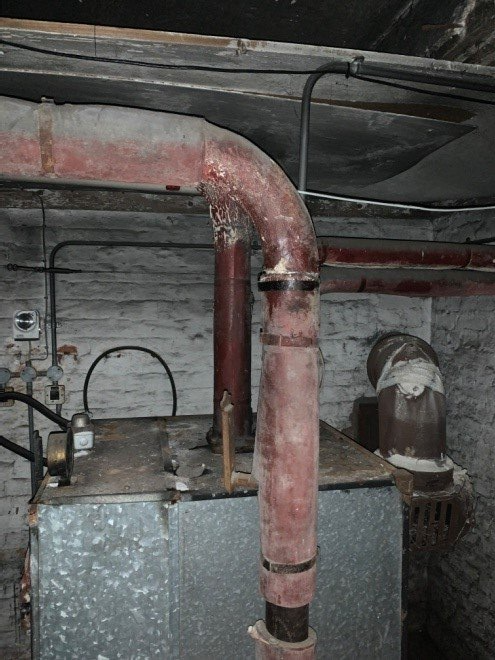What Is Asbestos
What is Asbestos?
For many people asbestos is still very much part of the unknown but once you have taken the time to read through this post, I hope you will have a better understanding of all things asbestos.
Asbestos is a naturally occurring fibre that was mined in many places across the globe but mainly countries such as - South Africa and Canada. Asbestos materials are usually made up of one, two or sometimes even three of the six unique minerals which belong to two different mineral families, these are Serpentine and Amphibole.
However the 3 main types of asbestos fibres that are more commonly known and found most in asbestos materials are –
Chrysotile - This is also known as White Asbestos to some and is the most commonly used type of asbestos.
This fibre has good characteristics such as high flexibility and good heat resistance, making this the ideal fibre to use in materials such as cement products (Cement corrugated sheets), Brake Pads, vinyl floor tiles and even bitumen products.
Amosite - This is also unknown as Brown Asbestos. This fibre has good characteristics such as being particularly strong and high heat resistance, making it the perfect fibre to use in Asbestos Insulation Board, Pipe Lagging and Spray Coating. It was used for fire resistance materials such as fire breaks above doors, fire doors and boiler room ceilings. Although all asbestos types are deadly, Amosite has a higher chance of causing asbestos related illnesses due to it being a more fibrous material as opposed to cement bounded materials.
Crocidolite- Also known as Blue asbestos, this type of asbestos fibre is found to be the less common of the three; it is however still found in properties to this day. This asbestos fibre is often found in very brittle materials that easily break down such as pipe lagging and spray coating which can cause high levels of exposure.
The other 3 asbestos fibres are Tremolite, Actinolite and Anthophyllite,
These are heard of a lot less of due to them never being commercially sold and used throughout building materials in the UK.
In the UK the use of asbestos was banned in 1999 due to the increase of asbestos related illnesses. You should only find asbestos present in buildings built Pre 2000 (Providing it wasn’t removed from an older property and placed within a modern one). Therefore you are at greater risk of asbestos exposure when carrying out intrusive works to any property that was built or refurbished in say the 50’s, 60’s, 70’s and 80’s.
Asbestos began use in the UK back in the 1950's and became very popular to use in the 1960’s, 1970’s and 1980's. It was used in 1000's of materials throughout the building industry at this time; this is why it is now a legal obligation to have an Asbestos Survey carried out before any refurbishment works take place, to avoid the risk of exposing any contractors and the public.
In this photo you will see Asbestos Cement sheets to both the walls and roof of this building. This material is very commonly found on agricultural buildings and Domestic garages throughout the UK.






